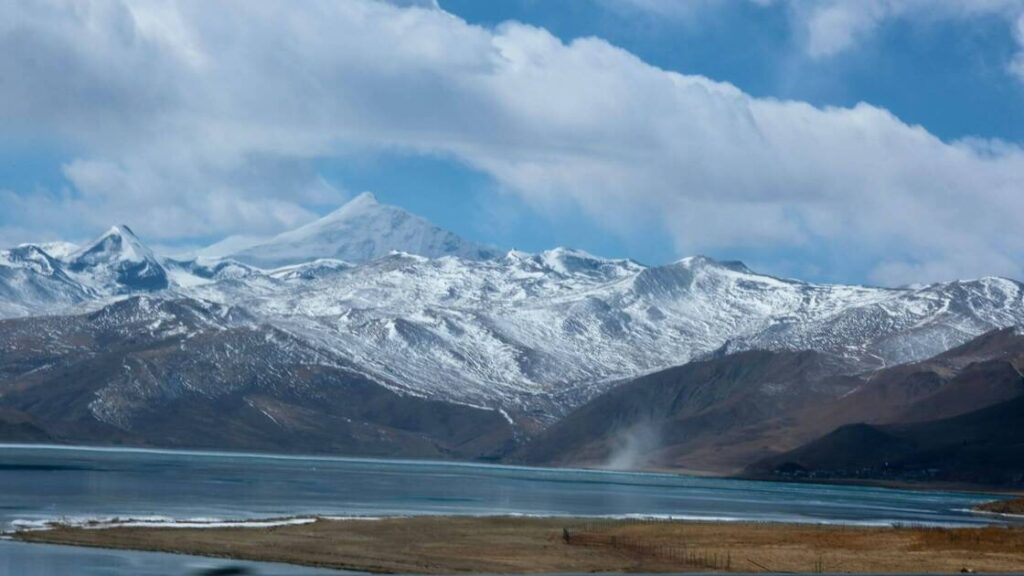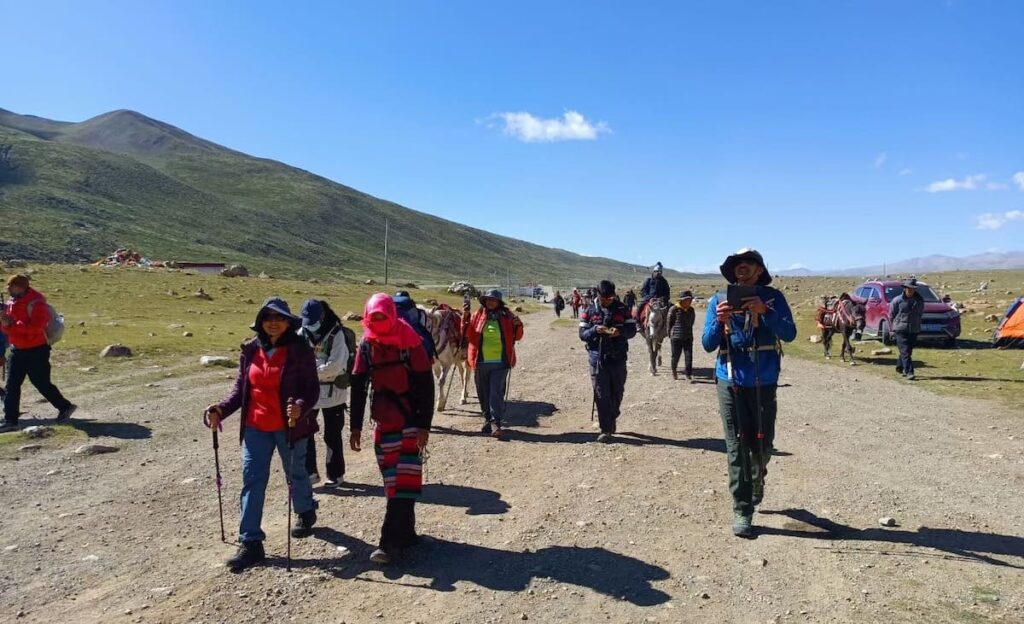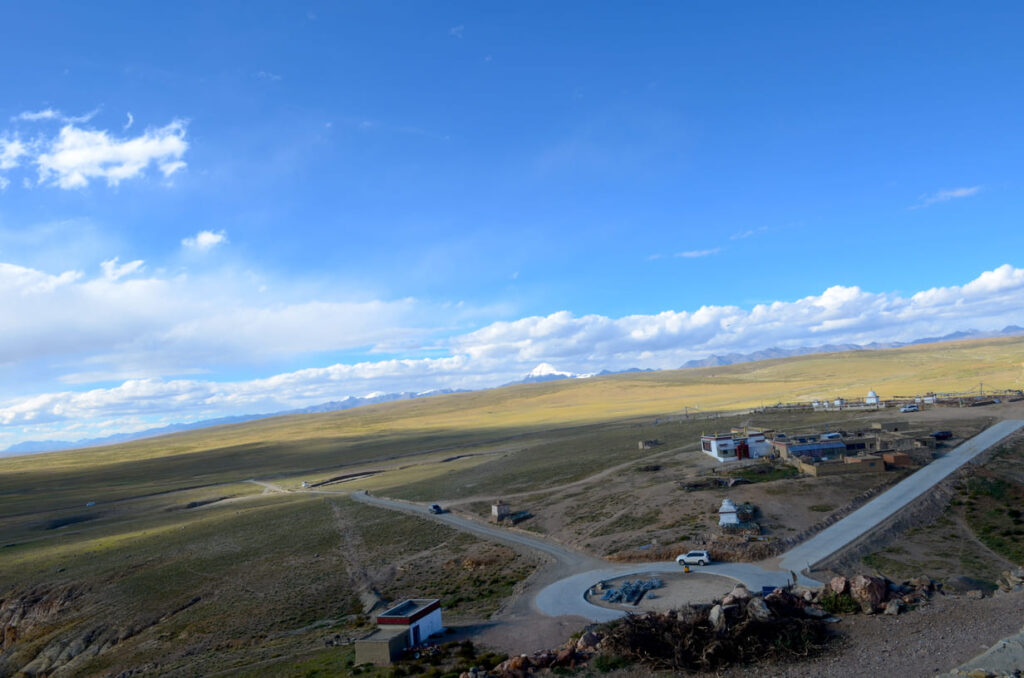Nestled amidst the towering peaks of the Himalayas, Tibet beckons travelers with its awe-inspiring landscapes, ancient monasteries, and rich cultural heritage. Visiting Tibet is a dream for many adventurers and spiritual seekers, but navigating the logistics of planning a trip to this remote region can be daunting. In this comprehensive guide, we’ll break down everything you need to know about how to visit Tibet, from obtaining permits and planning your itinerary to acclimatizing to the high altitude and immersing yourself in the local culture.

1. Obtaining Permits and Documentation:
• Tibet is a restricted area, and travelers need to obtain several permits to enter the region.
• The primary permit required is the Tibet Travel Permit, which can only be obtained through authorized travel agencies in China.
• In addition to the Tibet Travel Permit, certain areas like Everest Base Camp and Mount Kailash may require additional permits.
• It’s essential to plan your trip well in advance and work with a reputable travel agency to handle the permit application process on your behalf.


2. Planning Your Itinerary:
• When planning your itinerary, consider the duration of your trip, the places you want to visit, and any special interests or activities you’d like to experience.
• Lhasa, the capital city of Tibet, is a must-visit destination, home to iconic landmarks such as the Potala Palace, Jokhang Temple, and Barkhor Street.
• Other popular destinations include Mount Everest, Namtso Lake, and the ancient cities of Shigatse and Gyantse.
• Keep in mind that traveling in Tibet may require flexibility due to factors such as weather conditions, road closures, and permit restrictions.
3. Transportation:
• The most common way to reach Tibet is by flying into Lhasa Gonggar Airport, which is served by flights from major cities in China such as Beijing, Shanghai, and Chengdu.
• Alternatively, travelers can take the Qinghai-Tibet Railway, a scenic train journey that crosses the Tibetan Plateau and offers breathtaking views of the Himalayas.
• Within Tibet, travel between cities and attractions is typically done by private vehicle, organized tours, or public buses, depending on your preferences and budget.


4. Acclimatizing to Altitude:
• Tibet’s high altitude presents a challenge for many travelers, with elevations reaching over 4,000 meters (13,000 feet) in some areas.
• To prevent altitude sickness, it’s essential to acclimatize slowly upon arrival in Tibet, allowing your body time to adjust to the thinner air.
• Stay hydrated, avoid strenuous activity during the first few days, and consider taking altitude medication if recommended by your healthcare provider.
• Symptoms of altitude sickness include headache, nausea, dizziness, and shortness of breath. If you experience severe symptoms, seek medical attention immediately.
5. Immersing Yourself in the Local Culture:
• Tibetan culture is deeply influenced by Buddhism, and travelers can immerse themselves in the region’s spiritual heritage by visiting monasteries, attending religious ceremonies, and participating in meditation retreats.
• Respect local customs and traditions, including dress codes at religious sites and proper etiquette when interacting with monks and locals.


• Take the time to learn about Tibetan history, art, and cuisine through guided tours, cultural performances, and hands-on experiences such as thangka painting workshops or traditional Tibetan cooking classes.
6. Practical Considerations:
• Pack appropriate clothing for Tibet’s variable weather conditions, including warm layers, sturdy walking shoes, sunscreen, and a hat.
• Bring essential items such as water bottles, snacks, and medications, as amenities may be limited in remote areas.
• Respect environmental conservation efforts by minimizing waste, using reusable water bottles, and supporting eco-friendly tourism initiatives.
• Be mindful of photography etiquette, especially at religious sites and monasteries, where taking photos may be restricted or require permission.


Conclusion
Visiting Tibet is a journey of discovery, adventure, and spiritual awakening. From the sacred halls of ancient monasteries to the majestic peaks of the Himalayas, Tibet offers a glimpse into a world unlike any other. By following the steps outlined in this guide, you can embark on an unforgettable voyage to the Roof of the World, where the wonders of nature and the mysteries of Tibetan culture await. Prepare for the trip of a lifetime, and let the magic of Tibet captivate your heart and soul.
